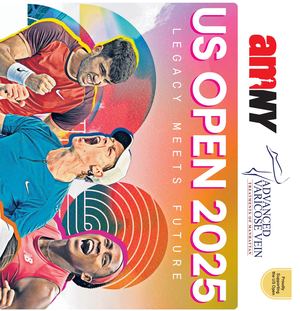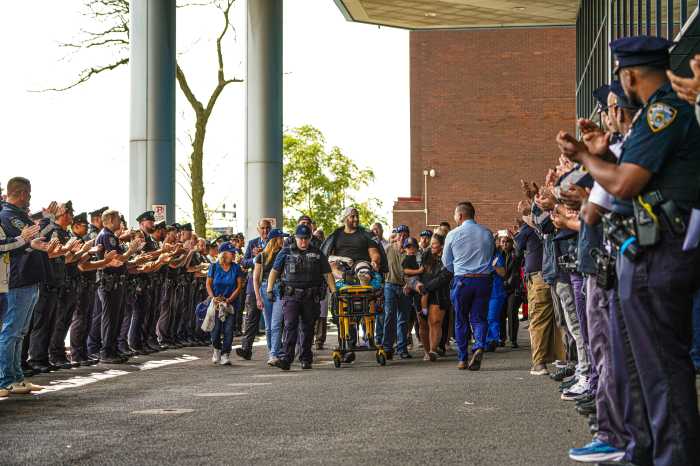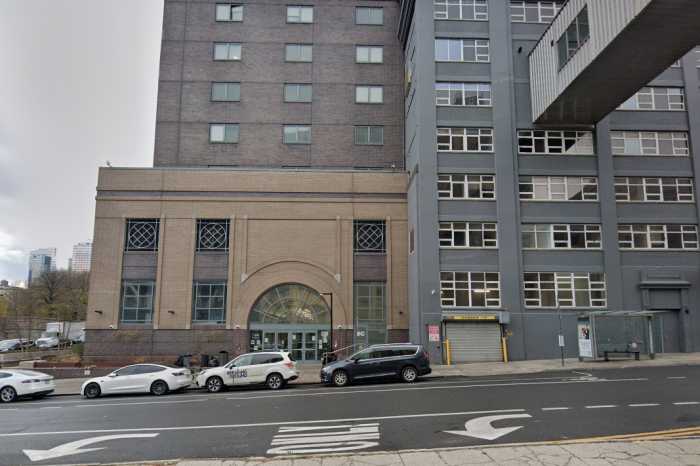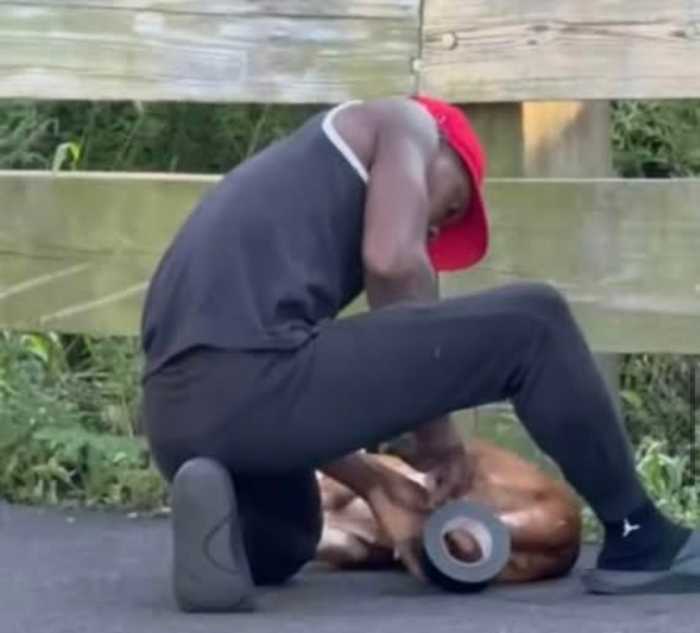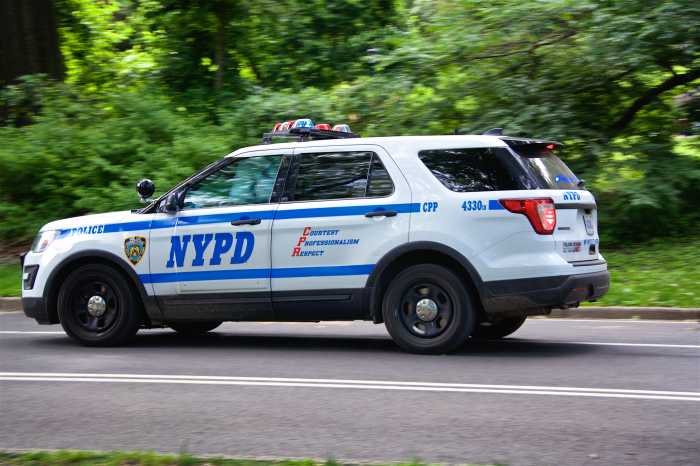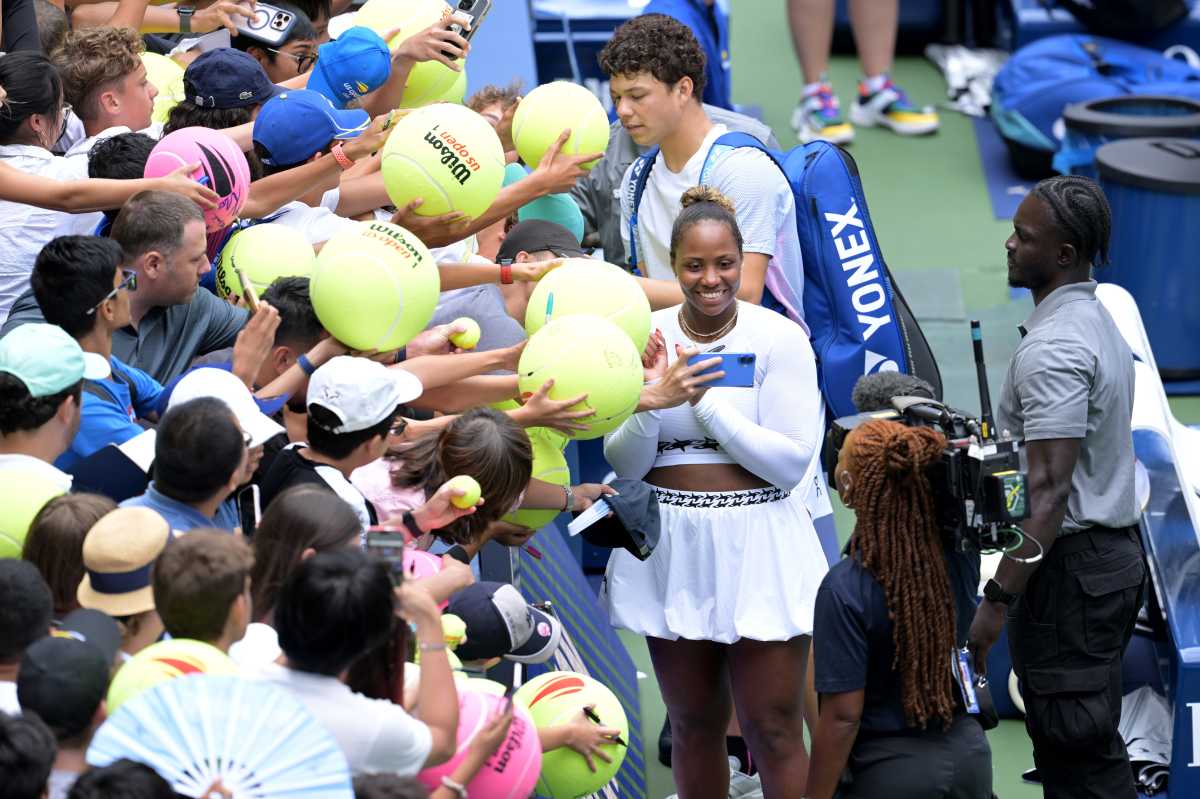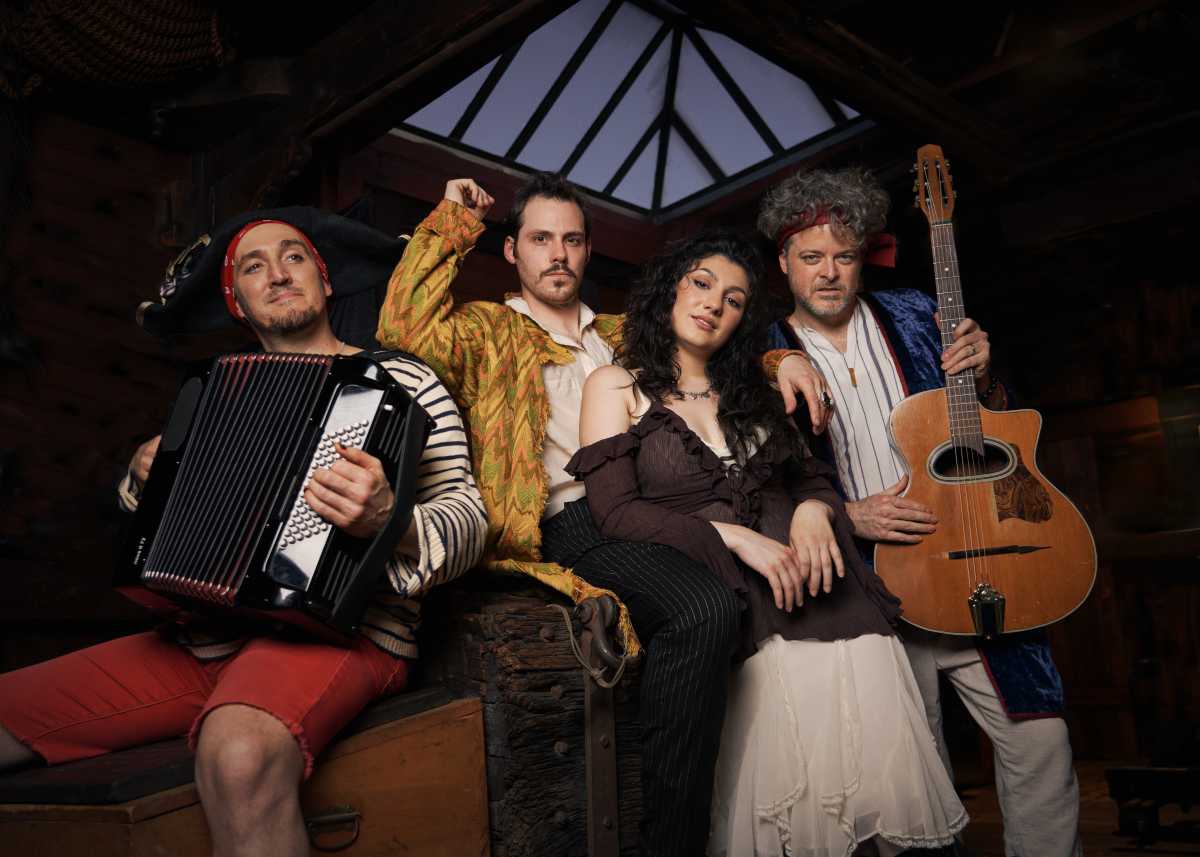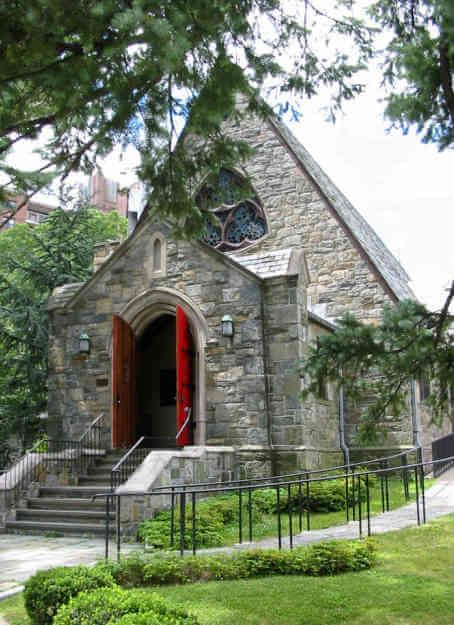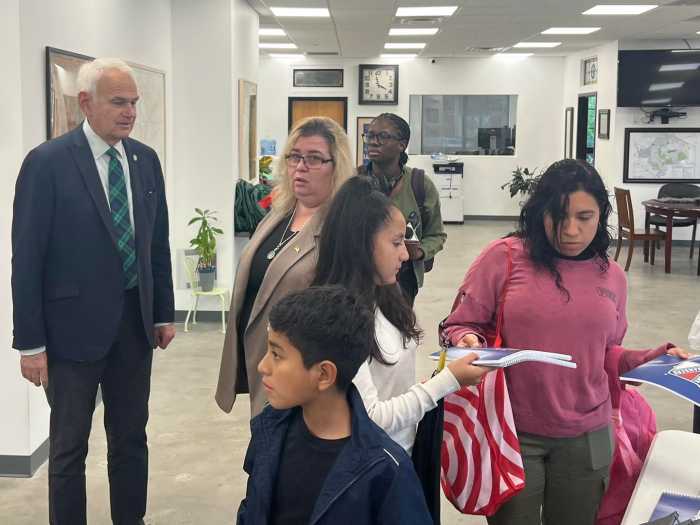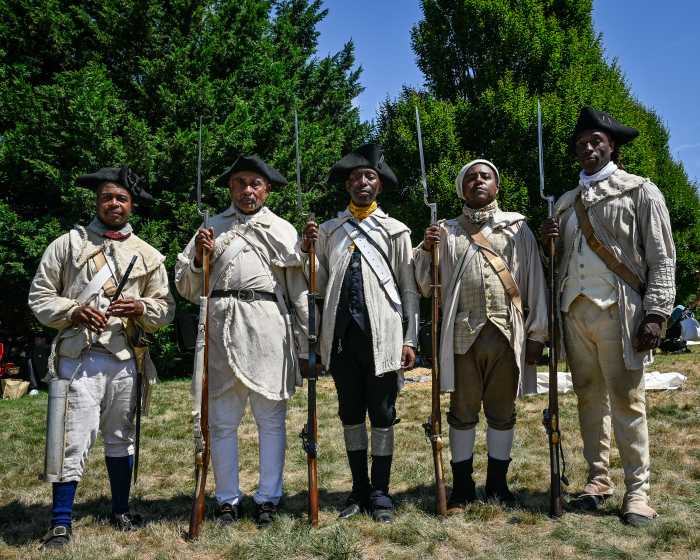
Assistant Chief Jeffrey Maddrey sat around a conference table with his team recently in Brooklyn North’s borough office in Bushwick.
They weren’t chatting about the usual sorts of topics one might expect from an NYPD gathering — instead, the conversation centered on superheroes, in a discussion on how best to hype this year’s upcoming Christmas Eve toy giveaway on Twitter.
“What about if we put out on social media: ‘What character would you most like to see?’ What do you think about that, boss?” Det. Kaz Daughtry asked Maddrey, as the team ran through the character possibilities: the Flash, Supergirl, Superman, Batman, the Hulk, Spiderman.
“Captain America,” Maddrey insisted.
Maddrey and his team of six detectives, sergeants and officers ran through the logistics of the gift giving — how many toys they’d need for all 10 precincts in Brooklyn North, how they should live tweet as they go — before Daughtry handed out printouts of different NYPD Twitter pages to go over.
Daughtry does most of the actual typing for the Brooklyn North Twitter handle, but the team meets to strategize about once a week. Every other week they hold a more in depth meeting to talk about long term projects.
The NYPD has been making a concerted effort over the last few years to utilize the social media platform for everything from sharing fun photos to disseminating up-to-the-minute information.
Each precinct has its own Twitter page and several specialized units, like the Counterterrorism Bureau, take it upon themselves to share on the platform as well. Over the last several months, the department’s “official” handle, @NYPDnews, has started to live tweet news conferences or even stream them as they happen on Periscope. The handle also alerts shootings as they happen, releases photos of suspects police are looking for and posts success stories, like photos of cops with firearms they’ve taken off the street.
The venture into social media hasn’t always been smooth: in April 2014, the department asked people to tag photos on Twitter using a #myNYPD hashtag, but that quickly backfired. Instead of happy, smiling photos, the NYPD was buried in a deluge of contentious interactions with officers.
But the department wised up since then and currently has more than 100 verified Twitter pages, as well as accounts on Snapchat, Facebook, Instagram and YouTube, not to mention their own news blog.
“Times are changing. Technology is changing. And the police department, we can’t be a relic,” Maddrey said. “We have to meet the public needs by doing what’s current — social media is what’s current right now.”
Some posts are no-brainers, like photos of cops out in the community. The cops of Brooklyn North have taken part in viral video trends, enlisting local students in the process, like the Running Man Challenge in May (performed under the Brooklyn Bridge) and the Mannequin Challenge just last week in an effort to combat bullying.
A recent successful post helped in finding a missing 10-year-old boy, garnering more than 11,000 retweets. He was located sleeping on the subway shortly after the tweet went out. But it’s not always so easy when you are an organization that’s first goal is to fight crime.
“Sometimes … we’d like to talk to the detectives. We don’t know what kind of information they have already, [if] we could compromise their case,” Maddrey said. “We don’t want to compromise an investigation.”
Dr. William Ward, a social media consultant, said the NYPD is successfully tapping into the public’s desire for more transparency.
“Any large organization that tries to do social media well has to be thinking about it at a strategic level and thinking about how you integrate it within the organization so it’s not just a one off,” Ward said. “One way that you create or build trust is by opening a dialogue.”
Community organizers had mixed thoughts on the department’s use of social media and questioned if it was one more public relations ploy.
“It’s a double edged sword for activists,” said Josmar Trujillo, an organizer for New Yorkers Against Bratton. “The NYPD is one of those huge government agencies that I’m sure is very controlled and very strategic in what they tweet. But I think it allows us as activists to look and see what they‘re trying to put out.”
Late last week, the NYPD put out a letter to “potential bidders” for a communications and public relations plan to improve community relations, specifically with communities of color, according to a copy of that letter reviewed by amNewYork.
“This is part of a community-based outreach initiative which was developed last year along with the new police candidate recruitment efforts,” the NYPD said.
Maddrey said there’s no specific goal for how many tweets per day he aims for, but rather he tries to “reflect what’s going on in the community.”
Those tweets can range from serious information police want to get out quickly (like missing persons) to crime prevention tips to community meetings.
“We can’t have a press conference every time something happens,” Daughtry said. “That’s why we have Twitter.”
